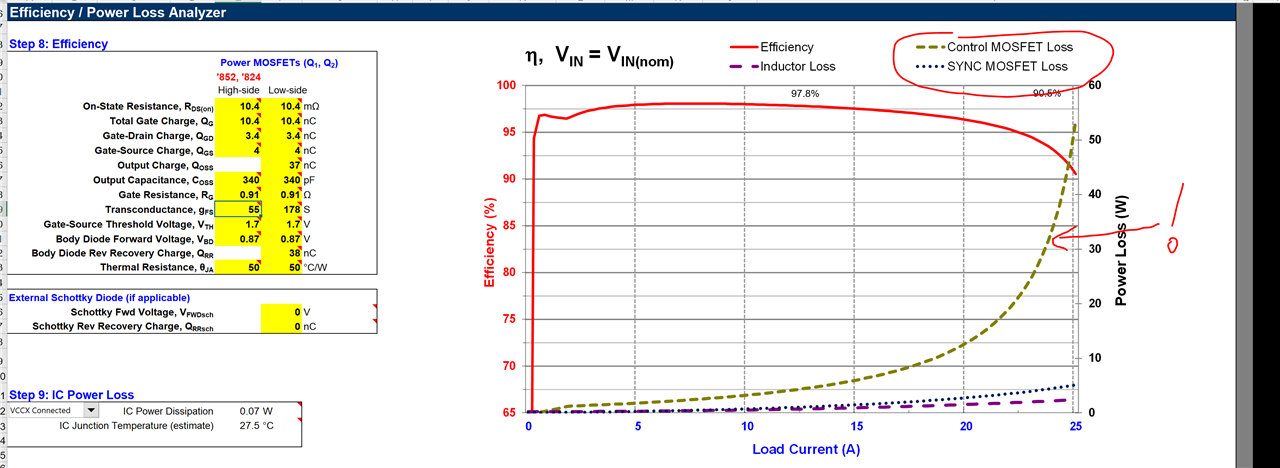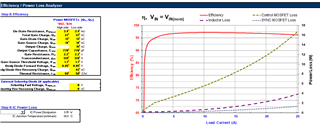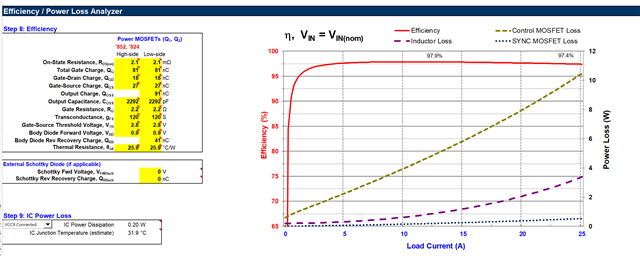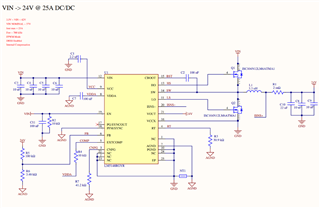Other Parts Discussed in Thread: LM5137, LM5143
Tool/software:
Hi,
I designed a DCDC regulator for supplying 24V at 25A, by using the calculations from the Excel file and the layout guidelines from the LM5148 datasheet and the Evaluation board.
The schematics are shown in the picture below.
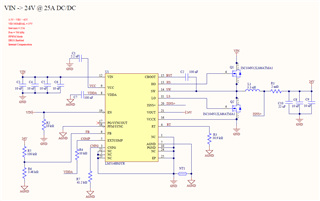
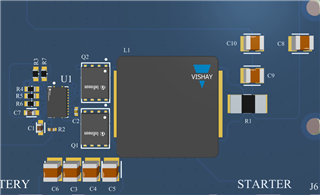
The problem I'm facing is that it seems that the circuit is not able to deal with more than 15A, even though everything is rated to be able to deal with the desired level of voltage and current. Attached you can fin the BOM.24V_25A_Power.xlsx
During a test, at 20A the high-side MOSFET (Q1) blew and during another test I stopped it at 15A because some components were too warm (by checking with an IR camera), specially the resistors and capacitors in the left side of the LM5148 (U1), not sure that the polygon for AGND is too small.
Could anybody please, help me with this, I don't know what is the issue for this lack of performance and thermal issues. Could you please confirm that the LM5148 is able to provide 24V@25A at its output?
Thanks in advance.


